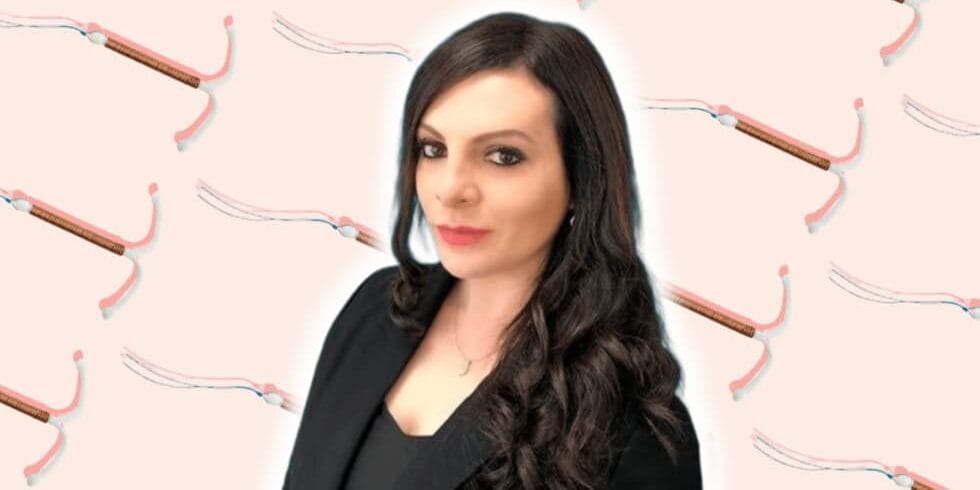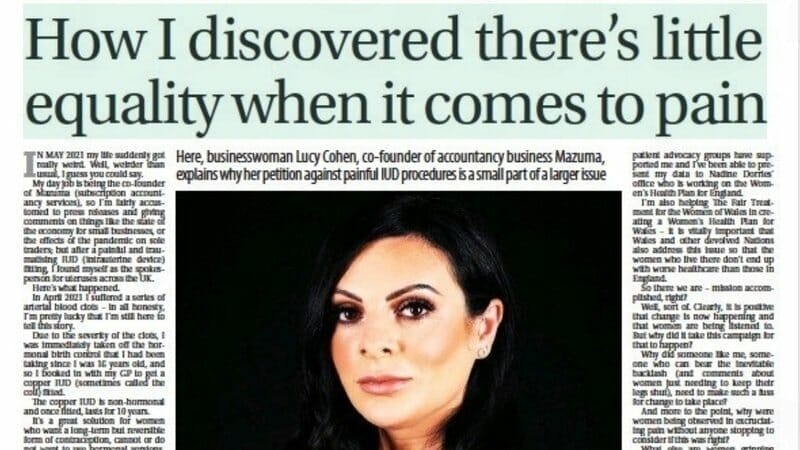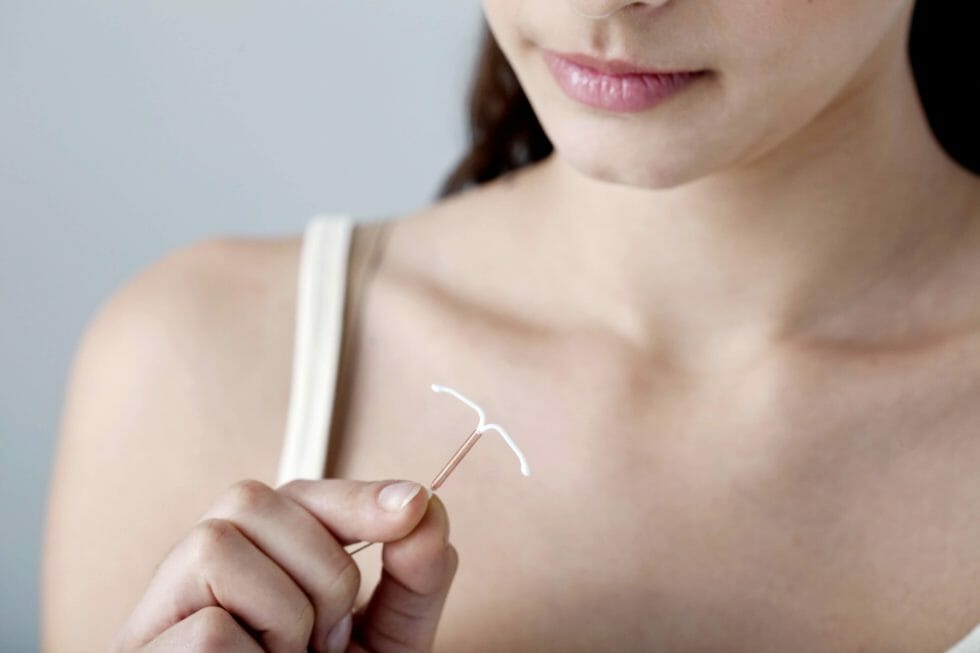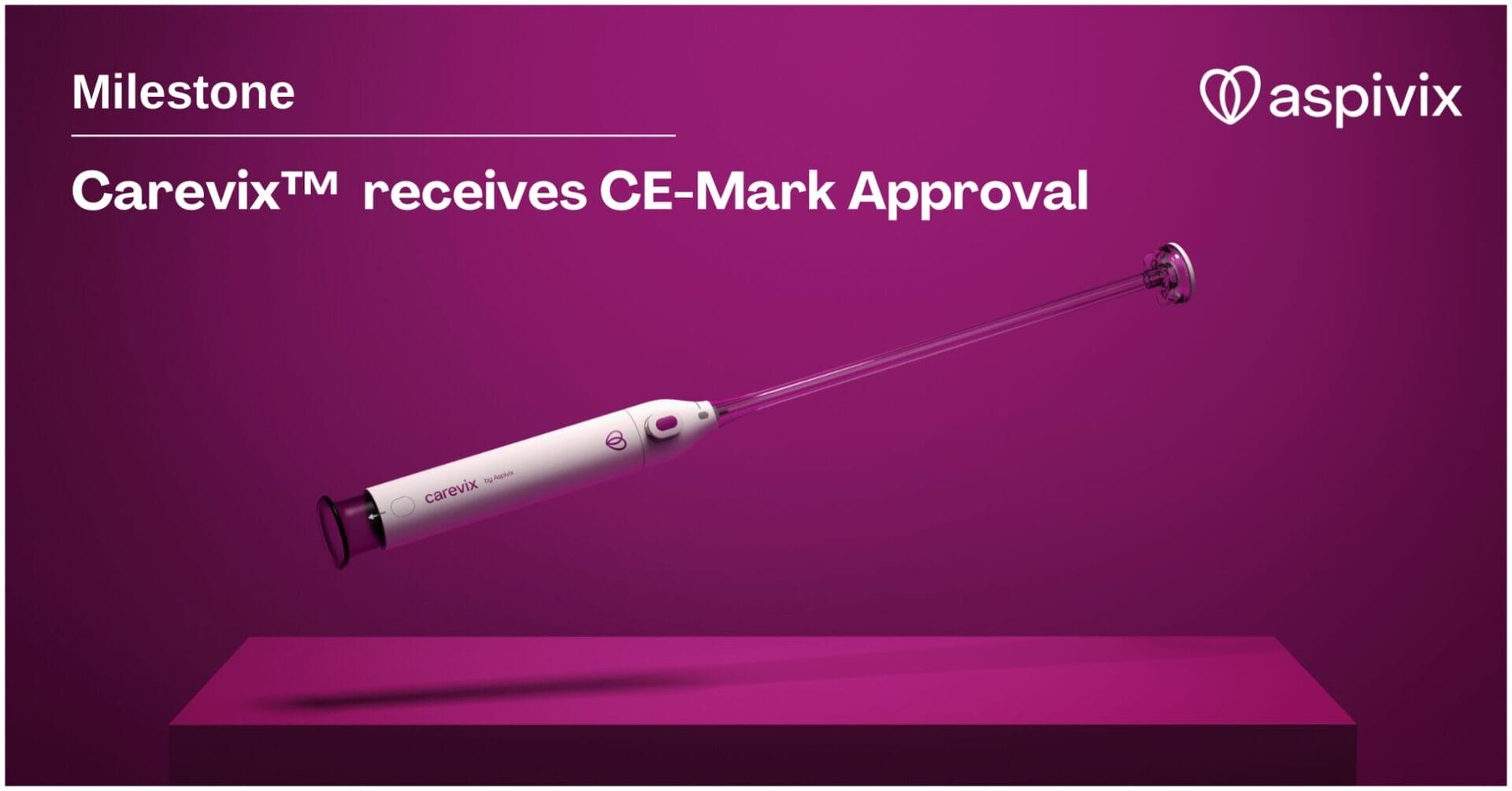
Medical #metoo Drives Updates in IUD Guidelines
Intrauterine contraceptive devices (IUD) are undoubtedly one of the most reliable methods of birth control – effective, safe and hassle-free.
However, this summer one woman’s painful experience during IUD fitting caused a stir leading to changes in IUD guidelines in the UK.
Before closing 2021, we sat down with Lucy Cohen to ask her about her experience and the results from the petition she started in June.
Lucy’s Experience
When Lucy Cohen entered the doctor’s office for an IUD fitting, she anticipated a little bit of discomfort or at most a tolerable amount of pain. She was told that an over-the-counter medication would be enough, which turned out to be false.
The pain was beyond her wildest expectations, an experience she described as, “the worst pain I have ever felt, I was almost passing out.”
“The clinician told me that I will experience something like a period cramp – but you, know a lot of women have a very painful period, so we shouldn’t be putting women through that anyway.”
Lucy said that the most painful part was when the cervix is clamped with the tenaculum and when the uterus is measured by the device called “sound.”
Both parts of the procedure have been described by Lucy as both “really awful” – so awful in fact that the experience caused her some bleeding and sweating.
“It was really like a shock. Horrible crying, hyperventilating – it was terrible.”
Petition and Media Attention
After her experience in her IUD fitting, Lucy took to social media to ask other women about this procedure. The reaction she received prompted her to take action.
“I realized we have a serious problem in here and this prompted me to start the petition.”
With this result in hand, Lucy decided to write a petition addressed to Minister for Health and Social Services Eluned Morgan, Sajid Javid MP and Scottish Minister for Public Health to address the issue with three appeals as follows:
- Better expectation management of what the insertion and removal of an IUD entail. Without fully explaining the real potential pain, how can consent truly be given?
- More pain relief options as standard including gas and air, sedation and muscle relaxants.
- Not everyone will choose to have additional pain relief, but I strongly feel that for those who want it, it should be administered – and that real consent can only be given once all risks, including that of extreme pain, have been explained.

Lucy’s story has been covered by various media worldwide. Source: https://www.change.org
Lucy’s petition has gained 33,352 signatures to date and counting. When asked about the success of her petition, Lucy replied:
“I didn’t expect such a huge reaction, it literally blew up! I hoped that this petition will bring some change…”
As part of the petition, Lucy asked women to share messages about their own experiences. She received a multitude of stories, which led her to declare that the petition started “some kind of Medical #metoo moment.” Link to stories
Soon after the petition went viral, the media began to take notice. The Times broadcaster, author, and journalist Caitlin Moran wrote about the petition in a column and invited Lucy on radio and TV shows.
The BBC broadcaster Naga Munchetty invited Lucy on her TV show where she {Naga Munchetty) talked about her first-hand experience.
Results of the Petition
Lucy’s petition is still ongoing but it has already prompted some important changes in the issue of pain in IUD fitting, namely:
- The FSRH (Faculty of Sexual & Reproductive Healthcare, the Royal College of Obstetricians and Gynaecologists, London) updated their guidance policy about pain relief.
- The NHS (The National Health Service) website description of it has been changed, where they are talking about the pain and discomfort.
The importance of these two changes cannot be undermined because the FSRH and NHS are two big health agencies in the UK. But for Lucy, the fight is far from over because she wants more than just changes in guidelines but rather changes in action, especially in the following areas:
- Make sure that proper medication is used across the board
- That everybody has access to pain medications, not just specialist, clinics
- That everyone could choose a method of pain relief that works the best for them
Plans for The Future
When asked about her future advocacies, Lucy Cohen wants to expand her advocacy beyond the IUD fitting procedure and into the broader issue of women’s health.
“It is almost like a culture in medicine that believes that women are made to bear the pain and it is ok for them to go through it. IT IS NOT! We need a cultural shift and to start taking female pain more seriously.”

IUD as a contraceptive method has many benefits, yet the process of its insertion requires significant improvements, means Lucy. Image: Shutterstock.com
Despite her experience, Lucy Cohen still advocates IUDs as a preferred method of contraception as it is an excellent choice, especially for women who encounter health issues with hormonal contraception.
“I think that IUD is a great form of contraception, it is really good and efficient. We just don’t need to put women through this unnecessary pain – we have things how to ease the pain so let’s do that!”
Final words
When contemplating on having IUD fitted, Lucy recommends the following:
- Always asking for a pain relief option
- In case of conditions like endometriosis, nulliparous, or after experiencing sexual trauma, visit a clinic where they provide injectable anesthetic or spray anesthetic to have a much more pleasant experience
“When it comes to some recommendations for the procedure, they discovered that lidocaine spray seems to be the most effective pain relief during the IUD procedure and the providers can apply it directly onto the cervix. We are pushing that the application of this spray will become a standard pain relief in this procedure.”
Find out more about the petition: Offer better pain relief for IUD insertions and removals
Share this story:










